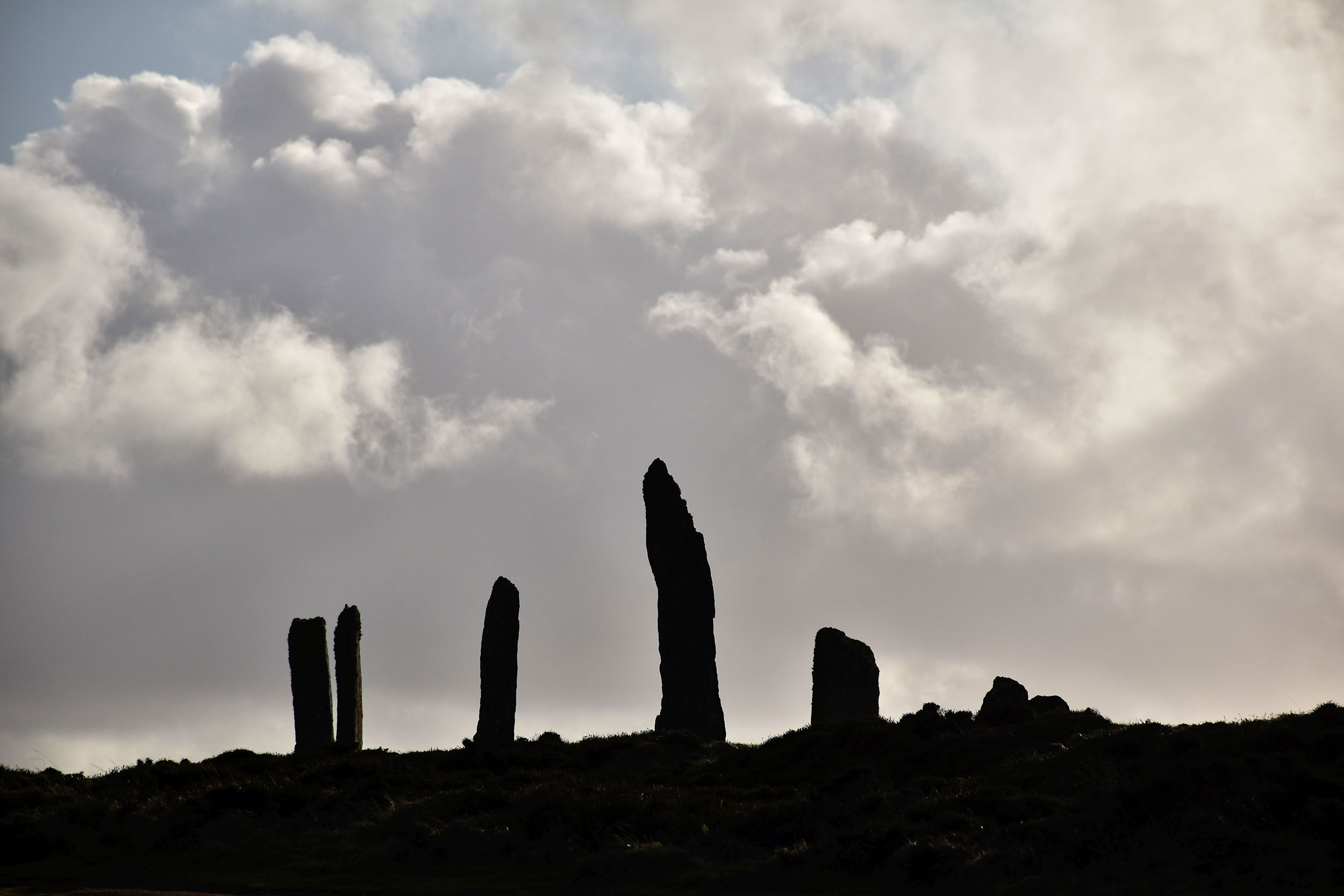Puffins, otters, seals - and the Orkney vole - as well as rock stacks, wide beaches and windswept clifftops provide an abundant offering for those interested in natural heritage.
The St Magnus International Festival takes place around midsummer when the days are long and daylight often stretches around midnight to create the ‘white nights’. The landscape, seascape and buildings are all part of the Festival’s backdrop with performances taking place all over the islands and within significant historic buildings and sites.
History and Heritage
The flat sweeping, tree-less, contemporary landscape of Orkney hides the secrets of its inhabitants across the ages, but evidence abounds of significant settlement ranging from 3000 BC through the Viking period and Middle Ages to the remains of twentieth century wartime activity. The recently discovered site at the Ness of Brodgar is adding yet another layer to the ancient history of Orkney amidst the tombs and stone circles which abound.
It is impossible to go very far on the islands without discovering evidence of some period of history. The Viking heritage is clearly present, even in place naming, and it is in this period that many famous landmarks are established – particularly the red sandstone cathedral of St Magnus. At this time, Orkney was part of Norway and it is only in 1468 that it passes as a marriage dowry to Scotland to be annexed properly in 1472.
For more information about the Islands and their history visit
Orkney.com

